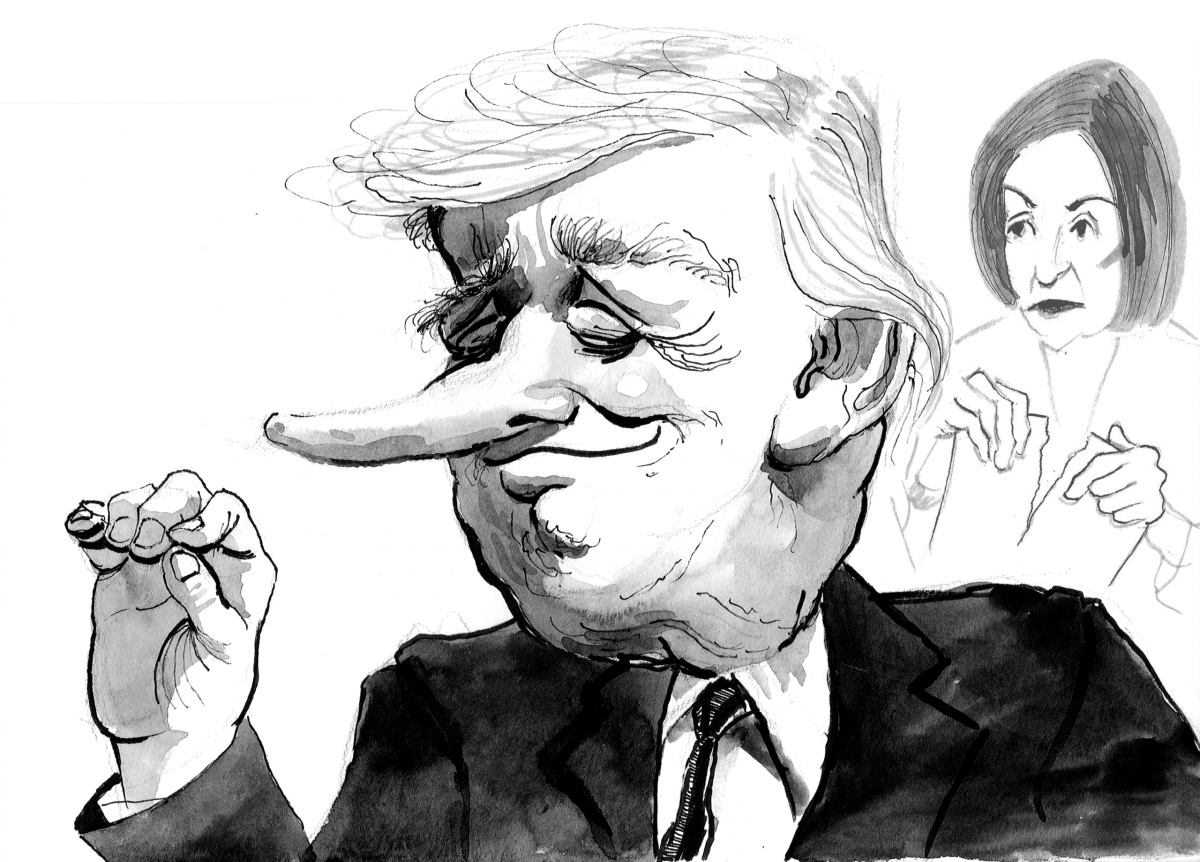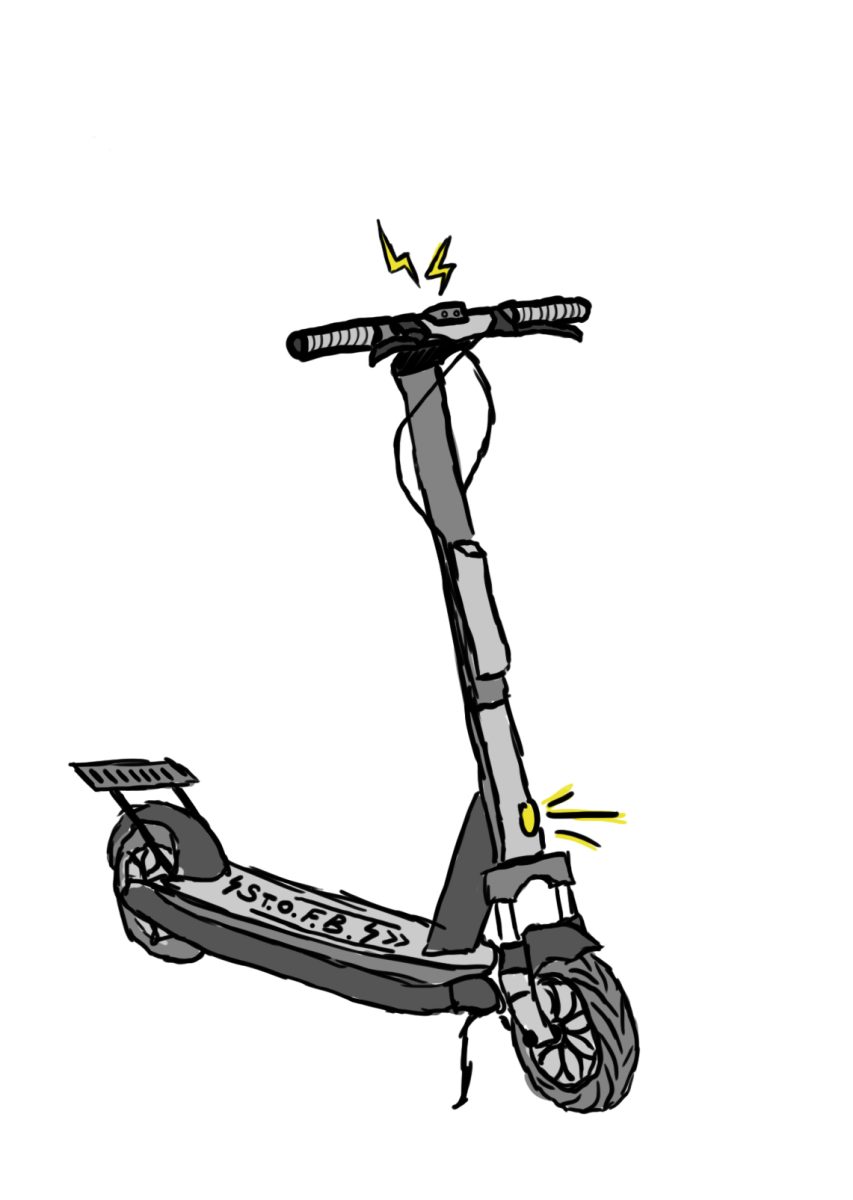The heavy cloud of impeachment and an upcoming election season hung over a plainly-divided Congress as President Donald Trump delivered his third State of the Union address on Feb. 4, 2020. Even an outside observer comfortably watching the proceedings on their television hundreds of miles away could feel the palpable unease that hovered over the entire chamber as Trump read through his laundry list of supposed economic accomplishments and avoided mentioning the Senate vote for his historical impeachment that was scheduled for the following day.
From the hour-and-fifteen-minute-long speech, I drew three primary takeaways. The first is Trump’s failure to offer any reference to the impeachment proceedings. While his eventual acquittal seemed a sure-fire outcome in the days leading up to the vote, it is patently un-Trump-like to not mention the shortcomings of his detractors when given any sliver of a chance. In his brusque and boastful manner, Trump would have relished the opportunity to throw out some mention of the unfairness of the proceedings or the utter failure of Chuck Schumer.
Politically, this was a prudent decision. Trump’s approval rating hovers near 43.6 percent, a number that is comfortably lower than the lowest points of the last three presidential terms. Impeachment certainly has not helped this number. However, based on polling aggregated by RealClearPolitics, when it comes to the state of the economy, 56.3 percent of people approve of Trump’s job. The split here is massive. People think the economy is doing well, and many are eager to thank Trump for its relative health.
Here sits my second takeaway from the speech – the economy is doing well and Trump was more than happy to take credit. The numbers back this up. The GDP growth rate has remained stable around 2 percent since 2016, the inflation rate is currently at a comfortable 2.5 percent, and the unemployment rate is near the lowest it has been in ten years. It is impossible to say with any confidence whether or not policies enacted by Trump have solely affected these numbers. However, it is certainly not unique for a sitting president to claim responsibility for a healthy economy and Trump doing just that is – from my measure – a wise political move.
Finally, the controversy between Speaker of the House Nancy Pelosi and Trump raised many eyebrows during and after the address. Many felt comfortable pointing out Pelosi’s dismantling of her personal copy of Trump’s speech. However, I have seen little mention of the small moment that lead to this act of presidential dissidence. When Trump stepped onto the podium to applause from the Republican congresspeople in attendance, he extended a hand to Vice President Mike Pence. Pelosi leaned in to follow suit, extending her own hand to the opposition president. Trump, in a not-so-subtle movement, acknowledged the extension and turned away from the Speaker without shaking her hand.
The small act of Pelosi extending her hand was in and of itself a bipartisan move. It was a rickety bridge over turbulent waters. And Trump, instead of using the bridge, dove headfirst into the torrent and let it carry him away. The mood in the room remained the same. Pelosi then followed suit, ripping up Trump’s speech. It is impetuous to criticize Pelosi as toxic and partisan without understanding the context set before the address even began.
Trump’s presidency will face its biggest challenge this year, with a slew of Democratic candidates uniquely focused on removing him from office. This State of the Union was the president’s last chance at saving face and staking a claim to a time in the history of America that will undoubtedly be recorded as rife with social strife but stable economically. It is unlikely that Trump will be reelected in 2020. This State of the Union serves as a fitting send off to his term as a whole – boastful, painful, divisive.
[email protected]
Jacob Maranda ’22 is from Rock Island, Ill. His majors are economics and philosophy.





